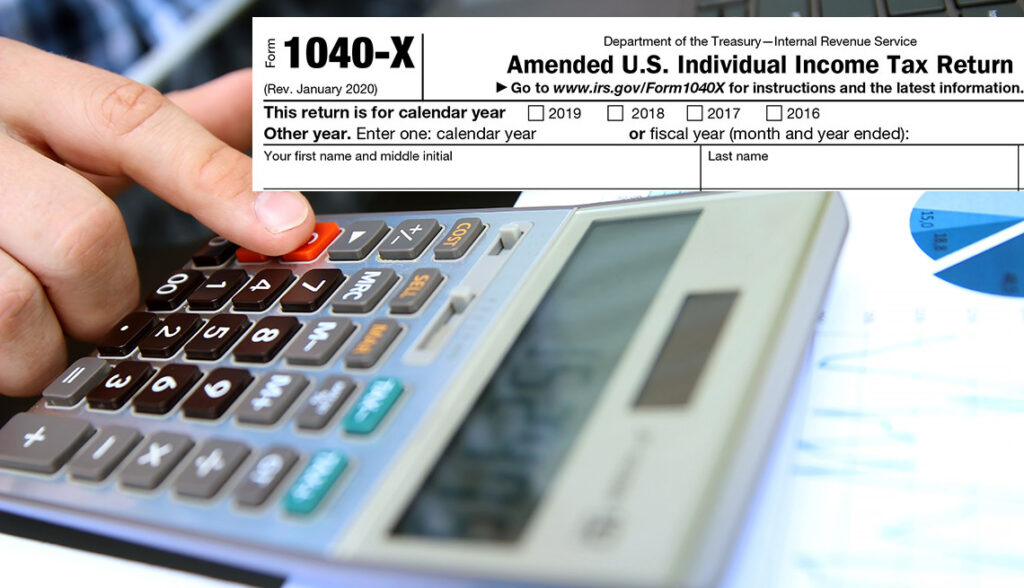
Understanding the Need for an Amended Return
When to Consider an Amendment
Filing an amended tax return is necessary in various situations, including:
- Reporting Errors: If you discover an error or omission in your originally filed return, such as incorrect income or deductions.
- Change in Filing Status: Your filing status might change after your initial filing due to a significant life event, like marriage, divorce, or the birth of a child.
- Income Adjustments: If you receive additional income, like a W-2 form or a corrected 1099, after filing your initial return.
- Claiming Missed Credits: You may become eligible for tax credits or deductions that you initially missed or were unaware of.
Gathering the Required Documents
Before embarking on the process of filing an amended tax return, it’s crucial to gather the necessary documents. These documents include a copy of your original tax return, which serves as the foundation for the amendment. Additionally, collect any corrected forms or documents that have prompted the need for an amendment. Finally, ensure you have access to IRS Form 1040-X, the official form for amending a tax return, which is readily available on the IRS website. Having these documents in hand will streamline the amendment process and help ensure accuracy in your revised return.
Filling Out Form 1040-X: Step-by-Step Instructions
Completing Form 1040-X can seem intimidating, but it follows a straightforward format:
- Basic Information: Start by entering your personal information, including your name, social security number, and filing status. Include the tax year you are amending.
- Exemptions: Indicate any exemptions you are claiming or removing.
- Income and Deductions: Report the changes in your income and deductions. Use the provided columns to show the original figures, the changes, and the corrected amounts.
- Explanation of Changes: Use Part III of Form 1040-X to explain why you are amending your return. Be concise and clear in your explanation.
- Signature: Don’t forget to sign and date the form.
Tracking Your Amendment
The processing time for amended returns varies, but you can track the status of your amendment using the "Where’s My Amended Return?" tool on the IRS website.
Conclusion
Filing an amended tax return need not be an intimidating process. With the right information and guidance, you can correct errors, claim missed deductions, and ensure your taxes are accurate. Whether you’re amending a recent return or correcting one from the past, understanding the process is key. And if you ever need expert assistance, Priority Tax Relief is here to provide the support and expertise you need for all your tax-related concerns.







